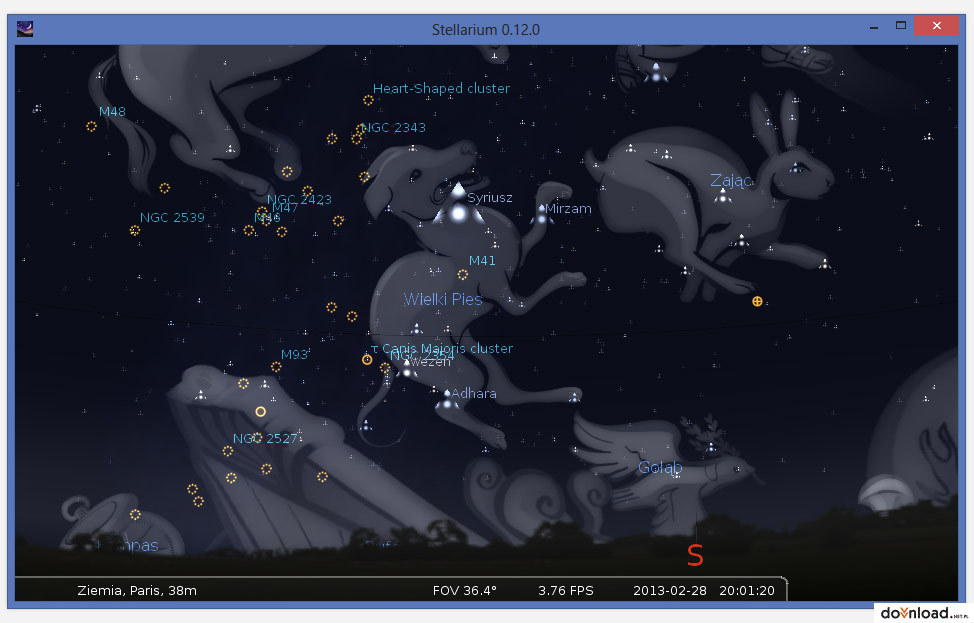

While some exoplanets have been dubbed with an informal nickname (e.g., “Osiris”, the first exoplanet known to transit its host star Charbonneau et al.

While we’ve found many thousands of exoplanets (see the National Aeronautics and Space Association's (NASA) Exoplanet Catalog, the Extrasolar Planet Encyclopedia, and the Open Exoplanet Catalogue, among others) using this method, it is possible there are many thousands more that we cannot observe from our Earth-bound perspective. It’s important to note that exoplanets discovered by the transit method (that is, we observe the exoplanet passing in front of and behind the disc of its host star during its orbit, causing a change in the light from that star that reaches the Earth) depend heavily on the relative position of the star, exoplanet, and Earth. On average, humanity now finds roughly the same order of magnitude of planets beyond the Solar System per week as have been known in the Solar System through unaided-eye observations since the beginning of astronomy. As such, exoplanet research is a rather young field in astronomy that has culminated in dedicated exoplanet ground-based surveys and space missions, leading to thousands of new exoplanet detections.

The search for planets beyond the Solar System reaches back to the middle of the 20th century, but the first extrasolar planet (exoplanet for short) around a Sun-like star was only discovered in 1995 (Mayor & Queloz 1995), a breakthrough that was awarded the 2019 Nobel Prize in Physics. Figure 1: An artist’s impression of an exoplanetary system as seen from the surface of an exomoon.


 0 kommentar(er)
0 kommentar(er)
